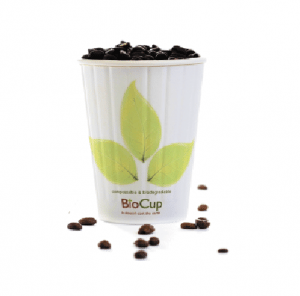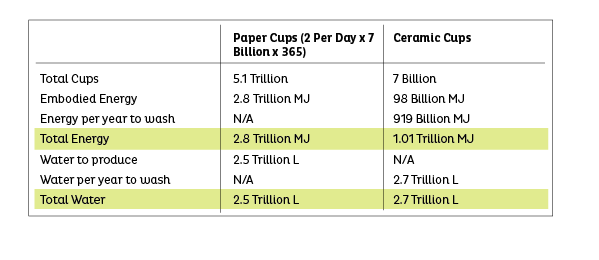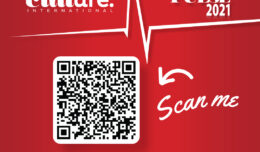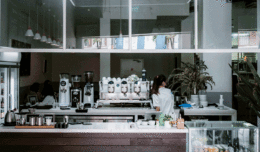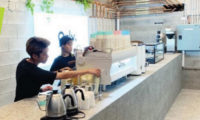Is it more environmentally friendly to drink from a disposable paper cup, or to drink from a mug and then use a dishwasher to clean it?
At first glance, the answer seems obvious. In a world of 7 billion people and growing, surely a reusable cup is the only viable option. However, once you begin to dig a little deeper, complexities emerge, and suddenly one realises that it’s not an easy choice.
To truly understand the environmental impact of each option, one needs to perform an LCA (lifecycle analysis). A lifecycle analysis is no simple task; they can take months of research and cost hundreds of thousands of dollars. A lifecycle analysis investigates the impact a product has throughout its entire life from cradle to grave (i.e. from raw material extraction through materials processing, manufacture, distribution, use, repair and maintenance and disposal or recycling).
LCAs can help avoid a narrow outlook on environmental concerns by:
•Compiling an inventory of relevant energy and material inputs and environmental releases;
• Evaluating the potential impacts associated with identified inputs and releases;
• Interpreting the results to help you make a more informed decision.
One well known report on reusable versus disposable cups was conducted by Martin Hocking at the University of Victoria, Canada, in 1994. This LCA, being 18 years old, is already outdated, and manufacturing techniques have evolved to become more efficient. However, it is suitable to use in order to demonstrate the complexities of the disposable vs reusable debate.
Making the Cup
The major environmental impact of a paper cup occurs during production of raw materials and cup manufacture. Felling timber, making the paper and fabricating a single paper cup takes 549 kJ, according to Hocking.
To produce a ceramic cup requires nearly three times the energy, because kilns are so energy intensive. Ceramic cups are, however, reusable, so this energy needs to be spread over the mug’s lifetime. Hocking calculated that it doesn’t take long – about 500 uses, or the equivalent to using it twice a day for eight months – before the manufacturing energy becomes insignificant.
Cleaning the Cup
What is significant is the energy used to wash the mugs. According to a study by Dutch researchers, 90 to 100 per cent of the environmental impact of ceramic mugs is from their cleaning, specifically, the energy needed to heat the water and the environmental impact of the detergents. Because washing is an ongoing need, the impact of cleaning lasts the lifetime of the mug.
It turns out that the energy required to wash a ceramic mug is half of the energy required to manufacture a paper cup. Hocking calculated that a ceramic mug must be used at least 39 times before it breaks even with the energy needed to make one paper cup.
In order to understand the difficulty of selecting a clear winner, let’s hypothetically provide every person on the planet with a cup (7 billion) and compare the amount of water and energy required for each option.
The Verdict
What seemed to be a cut and dried argument turns out to be much closer than you’d expect. Ceramic cups have to be used a lot and washed efficiently if they are to compete with disposables – although with their high manufacturing footprint, it seems the real eco-sin is buying a spare tea-set that sits in the back of the cupboard without being used.
The data represents a very small portion of the total environmental impact and doesn’t take into account all the material and energy inputs over the entire lifecycle of each option.
In this story, the reusable ceramic cup wins hands down based on energy consumption. Designed for a long, durable life, it can be used for well over 3,000 slurping sessions. Whereas paper cups, although more energy intensive to produce, are intended for trivial single use; thus, their lightweight, non-durable, disposable construction means they can perform well, measured against other environmental criteria.
So what’s an environmentally concerned citizen to do? Use disposable paper cups only when absolutely necessary, and I suggest you find your favourite reusable coffee mugs: ceramic, glass, stainless steel or plastic. Now take your very favourite one and hug it, because in a world of dwindling resources and a booming population, unless we find a way to balance consumption with the availability of resources, this cup might just become an heirloom that you pass on to your kids and they pass onto their kids until it disintegrates. Also, start skipping soap sometimes, and rinse with cold water.
BY RICHARD FINE


